Continuous Manufacturing for Efficiency Gains in Packaging Manufacturing
Supply chain managers must find ways to optimize production, reduce waste, and enhance agility while maintaining high-quality standards. One of the most transformative approaches to achieving these goals is continuous manufacturing. By shifting from traditional batch processes to a streamlined, uninterrupted production flow, packaging manufacturers can significantly improve their efficiency, reduce lead times, and cut operational costs.
However, the success of continuous manufacturing relies heavily on robust planning and scheduling tools that can manage complexity and variability. This is where advanced planning and scheduling (APS) solutions like PlanetTogether—integrated with enterprise resource planning (ERP) systems such as SAP, Oracle, Microsoft, Kinaxis, or Aveva—come into play. These integrations provide real-time visibility, data-driven decision-making, and enhanced synchronization across the supply chain.
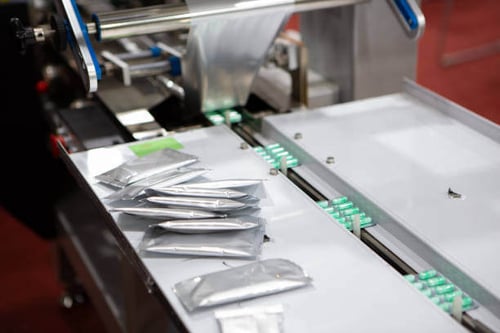
The Shift to Continuous Manufacturing
Traditional batch manufacturing has long been the standard for packaging production. However, this approach often leads to inefficiencies due to downtime between batches, inventory holding costs, and excessive waste. Continuous manufacturing, on the other hand, ensures that production lines operate with minimal interruptions, maximizing resource utilization and throughput.
Key benefits of continuous manufacturing include:
Improved Productivity: Eliminating start-stop processes reduces downtime and increases overall equipment effectiveness (OEE).
Reduced Lead Times: Continuous processes streamline production, enabling faster order fulfillment.
Lower Waste and Material Costs: Optimizing material flow minimizes scrap and excess inventory.
Enhanced Quality Control: Real-time monitoring ensures consistent product quality and reduces defects.
Greater Agility: Manufacturers can quickly adapt to changing demand without excessive setup time.
Challenges in Implementing Continuous Manufacturing
While the advantages are clear, transitioning to continuous manufacturing presents several challenges. Some of the major hurdles include:
Production Planning Complexity: Coordinating a seamless flow of materials, labor, and machinery requires advanced planning tools.
Integration with Legacy Systems: Many packaging manufacturers rely on legacy ERP and production management systems that may not support real-time data exchange.
Demand Variability: Unpredictable market demand can make it difficult to maintain a steady production flow.
Supply Chain Coordination: Continuous production depends on just-in-time (JIT) material deliveries, requiring strong supplier collaboration.
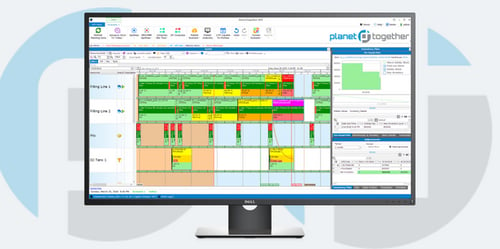
Leveraging PlanetTogether APS for Continuous Manufacturing
To overcome these challenges, integrating PlanetTogether APS with leading ERP solutions such as SAP, Oracle, Microsoft, Kinaxis, or Aveva offers supply chain managers a powerful toolkit for optimizing continuous manufacturing.
Real-Time Production Scheduling
PlanetTogether provides dynamic scheduling capabilities that adjust to real-time changes in production. When integrated with ERP systems, this ensures that production schedules are automatically updated based on material availability, machine status, and workforce constraints. This minimizes disruptions and maximizes efficiency.
Optimized Resource Utilization
By leveraging advanced algorithms, PlanetTogether optimizes resource allocation to ensure that equipment and labor are used efficiently. The integration with SAP or Oracle enables automatic updates of capacity planning data, ensuring that production aligns with demand forecasts and inventory levels.
Predictive Analytics for Demand Planning
Demand variability is a major concern in packaging manufacturing. With PlanetTogether’s predictive analytics and Kinaxis integration, supply chain managers can model different demand scenarios and proactively adjust production schedules. This helps maintain continuous production even during fluctuating market conditions.
Automated Material Flow Management
Integrating PlanetTogether with Aveva or Microsoft ERP solutions allows manufacturers to automate material flow planning. This ensures that raw materials and components arrive at the right time, reducing delays and bottlenecks in the production line.
Enhanced Collaboration Across the Supply Chain
With a connected APS and ERP ecosystem, stakeholders across the supply chain—from procurement teams to shop floor managers—have access to synchronized data. This improves coordination, reduces silos, and enhances overall operational efficiency.

Steps to Implement Continuous Manufacturing with APS and ERP Integration
Assess Current Production Processes: Identify inefficiencies in batch production and areas where continuous flow can be introduced.
Implement Advanced Scheduling Solutions: Deploy PlanetTogether APS to optimize production planning and scheduling.
Integrate with ERP Systems: Ensure seamless data exchange between PlanetTogether and SAP, Oracle, Microsoft, Kinaxis, or Aveva to enhance visibility and decision-making.
Leverage Real-Time Analytics: Use predictive analytics to align production schedules with demand fluctuations.
Foster Supplier Collaboration: Strengthen coordination with suppliers to ensure JIT material deliveries.
Monitor and Adjust: Continuously track performance metrics and refine production schedules as needed.
For supply chain managers in packaging manufacturing, continuous manufacturing is the key to unlocking significant efficiency gains. By leveraging PlanetTogether APS and integrating it with SAP, Oracle, Microsoft, Kinaxis, or Aveva, manufacturers can achieve a streamlined, data-driven production environment. This not only enhances productivity and reduces waste but also enables greater responsiveness to market demands.
Embracing digital transformation through advanced planning and scheduling solutions will be crucial for staying competitive. The future of packaging manufacturing lies in seamless, integrated, and intelligent production systems—and continuous manufacturing, powered by APS and ERP integration, is at the forefront of this transformation.
Are you ready to take your manufacturing operations to the next level? Contact us today to learn more about how PlanetTogether can help you achieve your goals and drive success in your industry.
Topics: PlanetTogether Software, Integrating PlanetTogether, Packaging Manufacturing, Decrease in Material Waste, Reduction in Production Downtime, Improvement in Order Fulfillment Times, Increased Adaptability to Demand Fluctuations







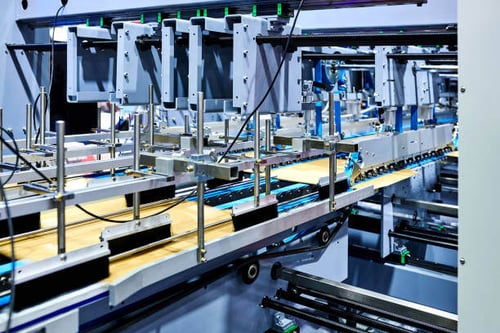
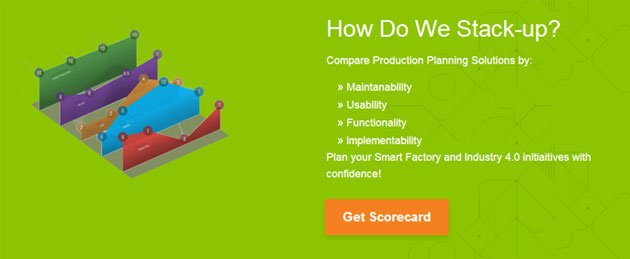
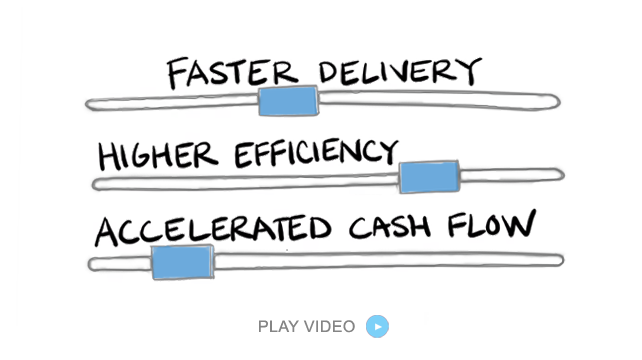











LEAVE A COMMENT